Alejandro Innaritu opens up “A World Unseen” with the above quote which hit me at the perfect time as this also posted above image was released to the public at the same time, to great fanfare and to my own great confusion. By every trackable measure, this piece for FREEDOM IS SPACE FOR THE SPIRIT written by Glen Hirshberg is to date the most popular and well received piece I have created for Tor.com, which is surprising and funny because unlike most of my process with Irene where I commit to and execute a faulty version of the final piece before having a eureka! moment that leads me to the good, I was ready to throw this one out right away and only sent it to her as an apology before getting it right. I was sure I had repeated my usual pattern, and missed the nail with the hammer but wiser from erring, knew where to strike next. I emailed it to her, and began composing it’s better alternative and then she write back with “I love it! It’s perfect- send it over and we’re done!”. Any sane person would be thrilled having dodged the bullet of doing a whole other piece just to get back to this point, (something I have done numerous times, sadly), would have invoiced and turned it in and gone on to the next thing. That’s the job and that’s what you are supposed to do with the job. Of course being an un-sane person, I did none of this and instead despite even my own wife calling me out for being a neurotic freak-idiot, continued to struggle with what to do. There was something wrong. The piece didn’t seem right, but I couldn’t articulate why.
There’s a lie in this someplace, but who’s the liar? Part of me assumes it’s everyone else who loves the piece, but I think in truth, the lie comes from the dream where the piece was first birthed. We’ve all lost a piece of art in-utero due to a spill of paint, or computer crash or leaving the sketchbook in the back of a taxi speeding away forever, and in our mind’s that un-birthed potential becomes, almost as a response to it never getting made, the best thing we have ever done or ever will do. We covet the idea of it moreso because of the tragedy of its not becoming. I have had the occasion twice where the prodigal son returns or is recovered and you know what? the idea wasn’t nearly as awesome as I thought it was. The mind lies to the body as to the importance of the plans it wants the body to execute. Maybe this is essential to getting it done- that we need to trick ourselves into believing this thing we came up with, regardless of outside affirmation, is brilliant and needs to get done, in order for us to do it. It is the lie agreed upon by all our better angels that gives us permission to bring it to life and show it to others. And that’s fine, but the necessary component of that is to then forget all of that once you’ve begun working on the piece, or likely better yet… the moment it heads to its completion.
There is a truth to working that follows the old anthropologist warning that “The thing observed is changed by being seen” paradox. The process of our wrestling an idea to the ground, bounding it with pencil, paint or whatever to the earth so we can now hold the idea, touch and smell and show to others the idea, changes it completely. When you’re doing it right you’ve let go of the presupposed path of the work for the reality the work now travels through. There doesn’t have to be a revelation, it should be gradual to the degree you don’t even notice it changing. And when done, you either have forgotten the life before the piece, much as you forget where you were before being born into this world , or you’ve retroactively changed that originating locus to match the final reality you live in. You change it by seeing it.
Certainty is the death-place of ideas and invention and yet too much doubt can strangle invention or at least its completion. We dance between them dangerously when we try to bring a project to completion, as we must. As we should. As artists it is important to learn to accept the gratitude of others even if we doubt we deserve it and to honor that enthusiasm by thanking them for it. If we’re really smart we’ll pay attention to it and think and understand why and what they are responding to and what we do not see. The thing we end up with at the end is likely always to be a stranger to us in some form, and maybe that is as it should be. Art is by my definition of it, or creative dreams shared with others. Art requires the sharing and showing for it to reach that point of divorce from our creative source. Maybe the change it undergoes by it being seen by others is essential to its being. Like our kids we raise, our art is not our own and we are merely caretakers of it until its ready to become part of other people’s lives.
So despite it all I look at this piece above and I still don’t get it. It’s behind a glass wall, silent and now officially not mine to understand or claim anymore. The idea came out on paper and went out into the world before I got to know it by wrestling with it, and so remains in many ways, a stranger to me. As much as I continue to get such kind and insightful and supportive comments about it, especially those that call it the best piece I have yet done, I am unable to understand it. I don’t think we ever really know what’s going to hit or not, and even hit worthy ideas never quite register or find their moment. That part isn’t up to us. So I can only be appreciative of the affection for this above piece while shrugging as to why, and hope that somehow I get to be lucky enough to screw up like this again.
As I hold the now completed INDEH in my hands, in galley form mind you, I feel the same disconnect and disappointment. The excitement from our team at Hachette for it, even Ethan Hawke’s unending adoration of it, the enthusiasm from giants of the subject like Sherman Alexie, Larry McMurtry and Joseph Boyden hardly make a dent in the way that I see it myself- as a work far from the heaven it was supposed to come from. A fallen angel, not one taking off in flight. If there is a victory from this mania it is the manner and shape of the thought that follows it. We’re beginning our marketing tour of the book where I will have to accept the enthusiasm of others openly and defend it as an achievement despite the expected criticism. Maybe like the idea becoming real by practice, this faking it will allow me to make it. In any case, whether it does or does not, there’s always the next thing… and maybe I’ll have figured it out by then and finally get it right. I suspect if I promise myself this at the end of every project, it will always be true.
It all conspires against being comfortable with one’s work, and to me that is essential for a living artist. The moment you begin to relax and be comfortable with what you’re doing, your art begins to die. It is a thing made alive by our questioning it. Being a little afraid is a key indicator that you are at least doing this part right, but that doesn’t mean to reject the comforting encouragement of others, because that can be what keeps the fear from turning into stultifying terror. Which prevents you working, and if there’s any lesson from this experience, it’s that it’s all about working.
If you’re interested, here’s the Doc I was referring to that sparked this post. Even if you’ve not yet seen the Revenant, this is something to see and gather from:


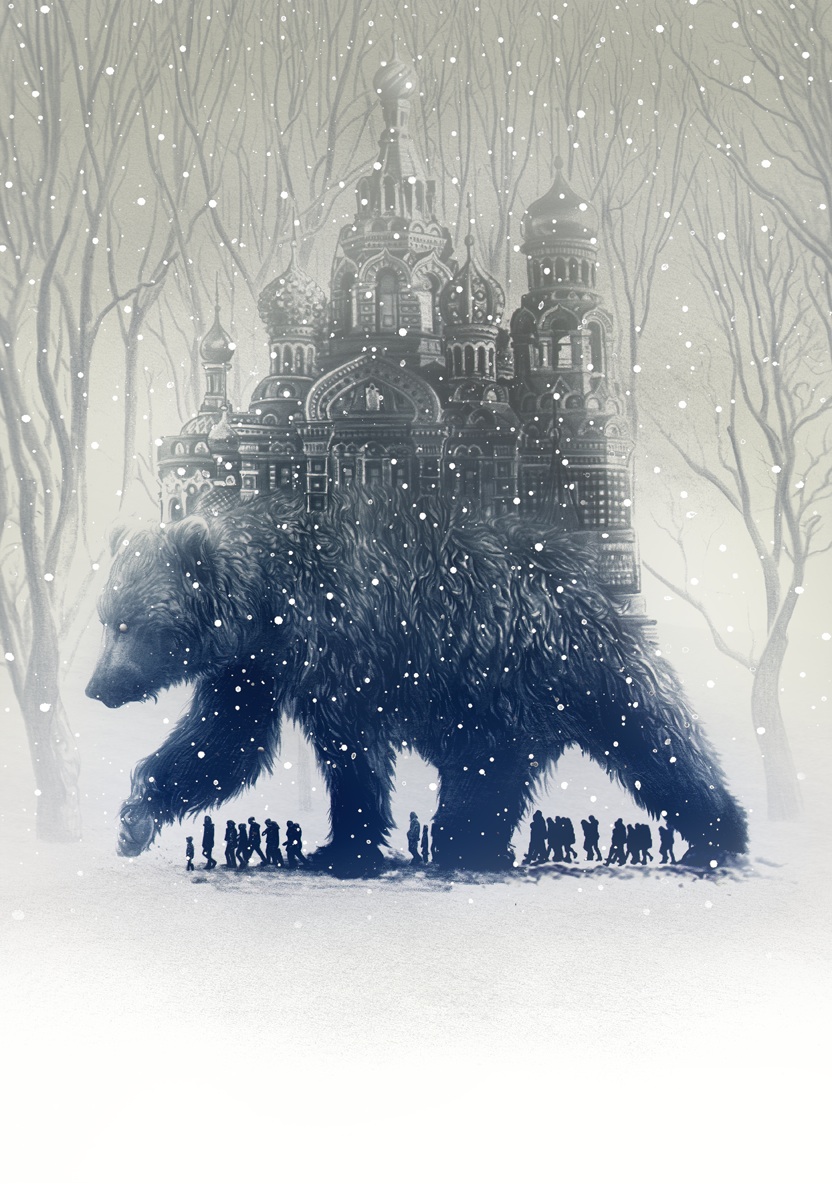
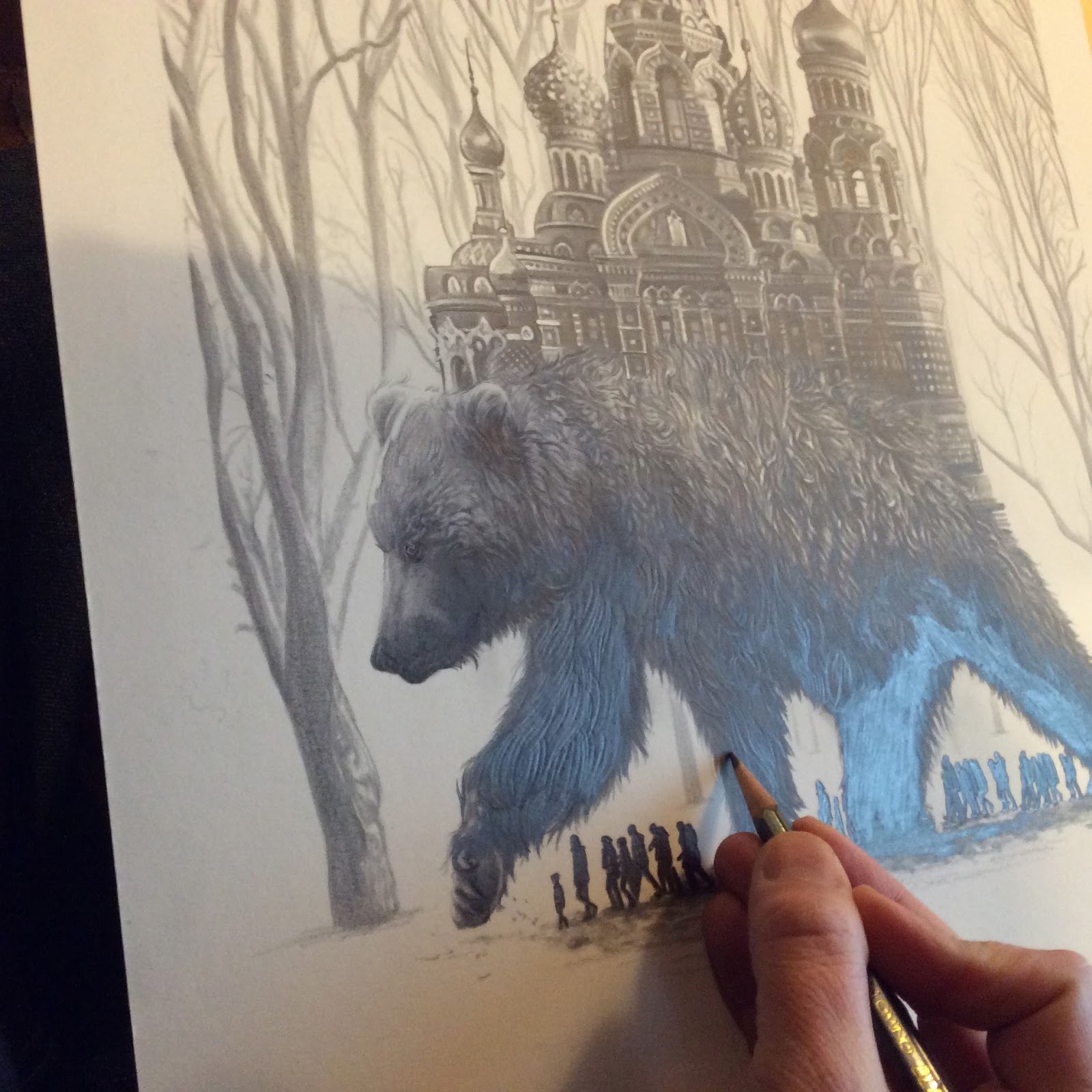
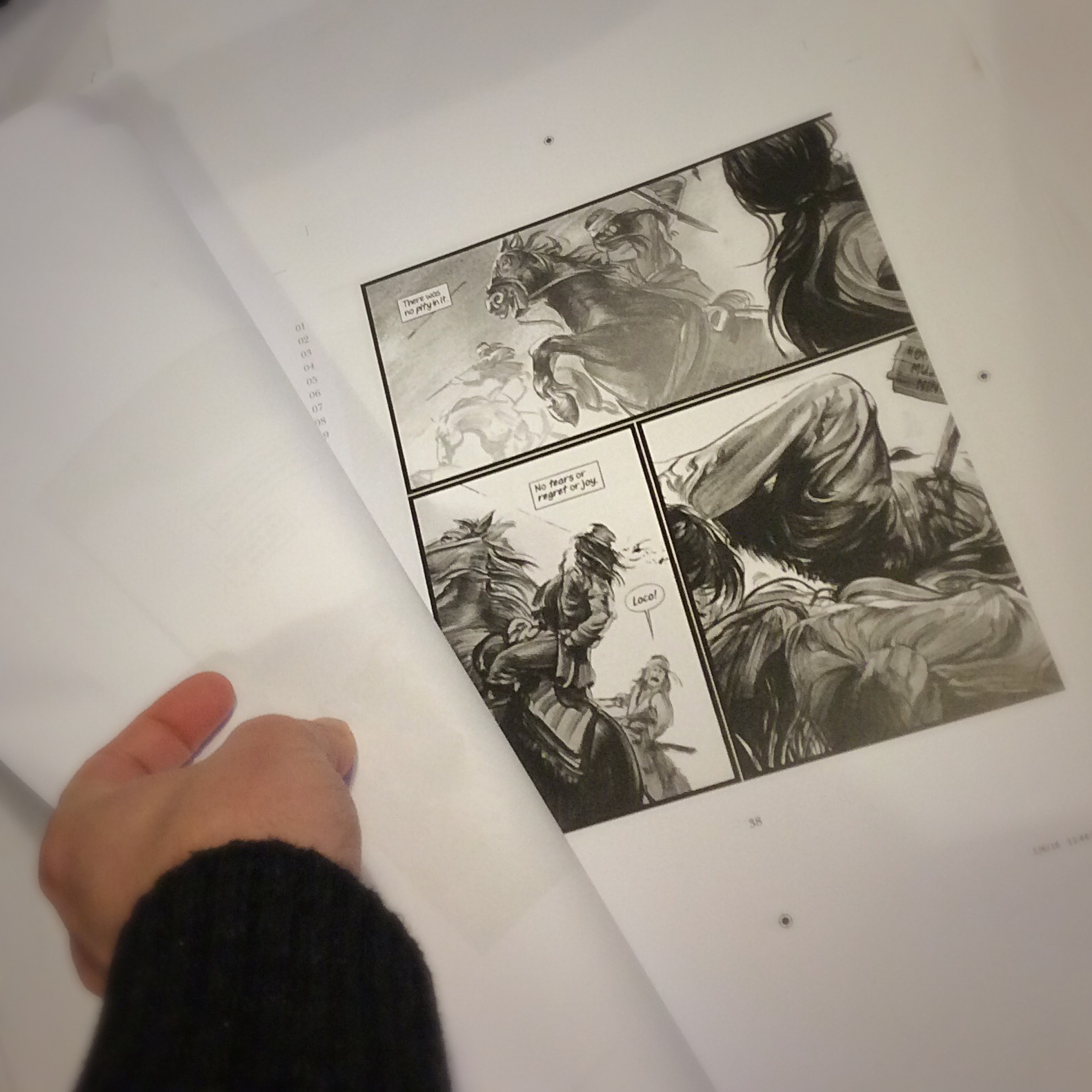
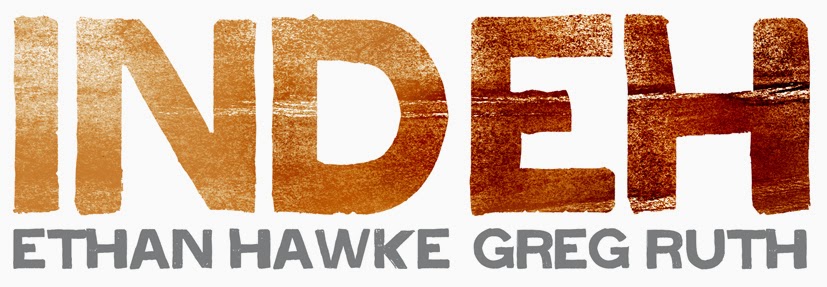
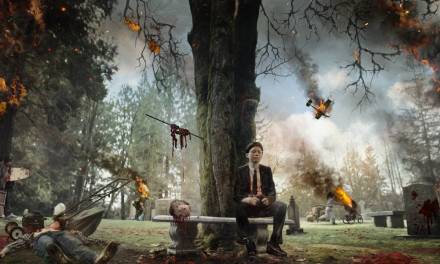
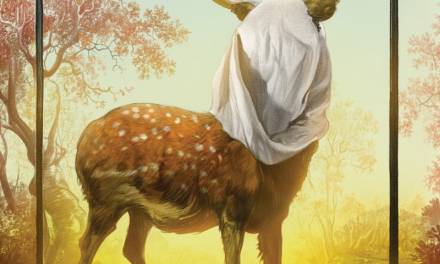
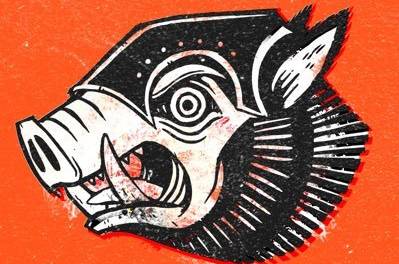
Thank you for sharing such a thoughtful post and opening a little window into your process here. It's so curious, this relationship to our creations. I wonder if it's that occasional disconnect between us and our audience that, in part, keeps us hungry. The on going search to bottle lightning and being surprised when it actually strikes…
That is literally the weirdest spampost i have read to date. A for effort, f for being a spambot.
To become different from others we need to do some variety activities in our life. Clay modeling is not easy by all. The post tell us that how you good in this. Go ahead with this.
College paper writing service.